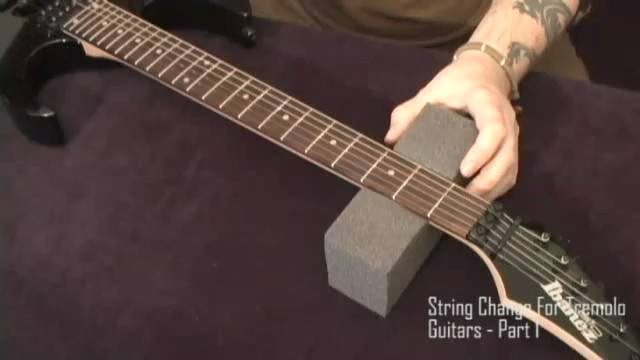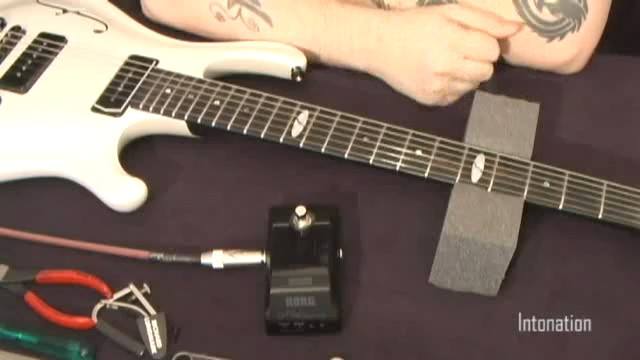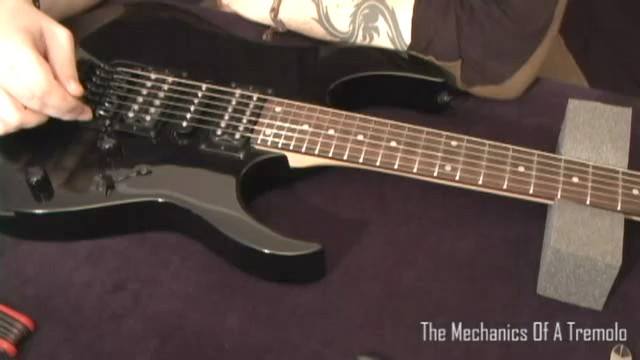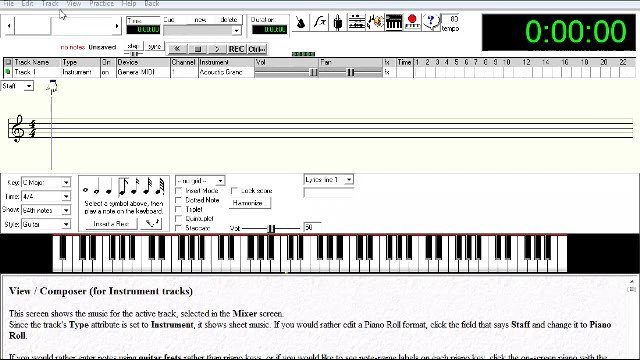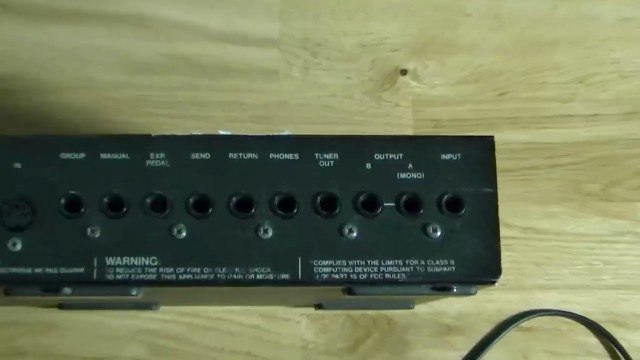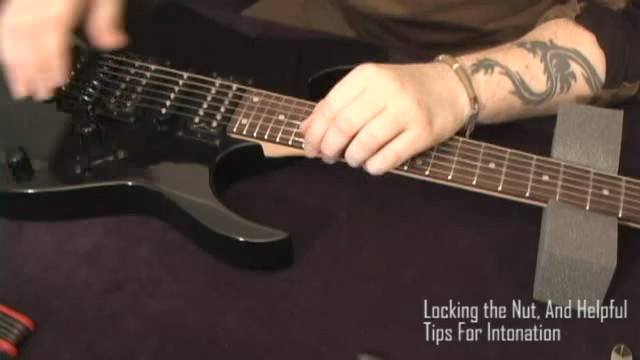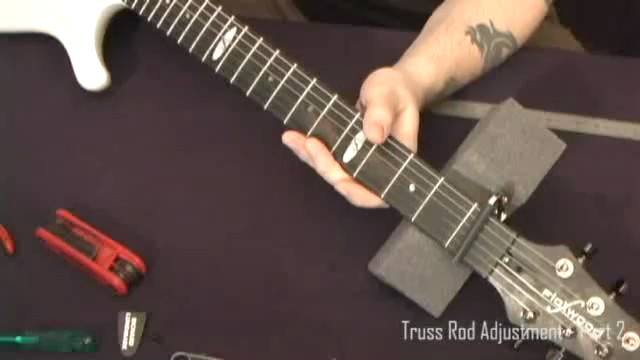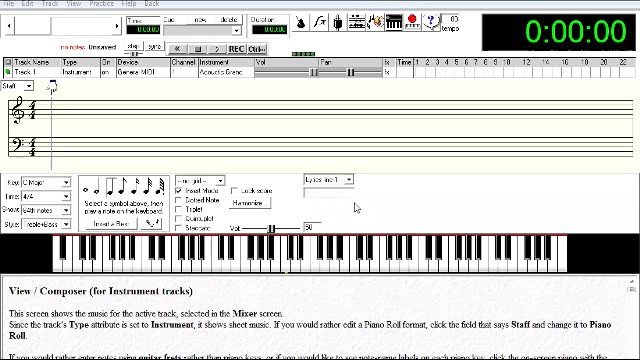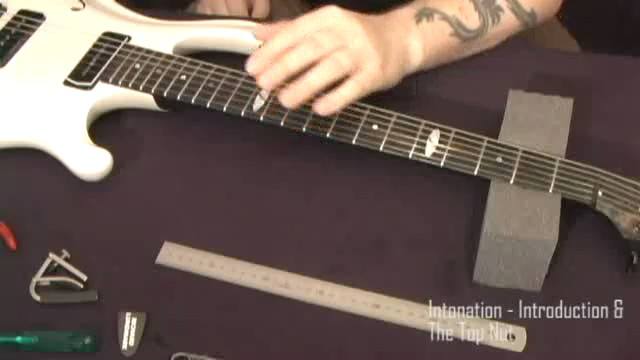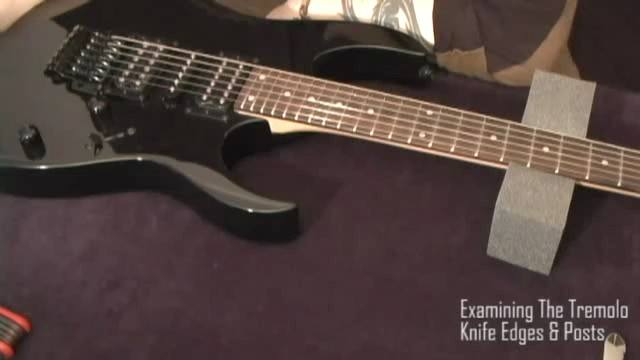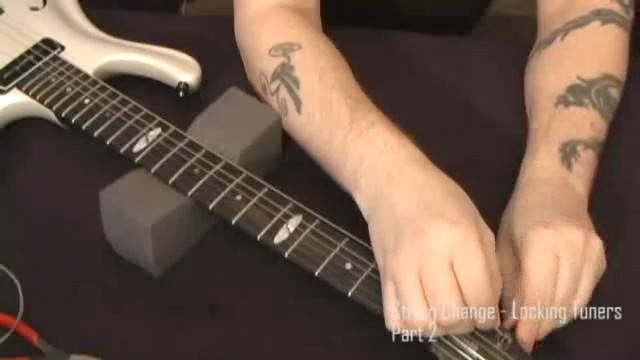Nut Height
Nut height is yet another thing we need to cover. The nut height affects playability and sound to a great extent, more so than intonation (that is more the contact points of the strings, as described earlier). If the nut is too high, it will be hard to chord (especially with heavy strings), and if it is too low, the open strings will buzz against the frets, and in severe cases you guitar can start to sound like a Sitar. Here’s how to check it:
1. Depress the string between the 2nd and 3rd fret (that is the fret-wire we’re talking about, press down on the 3rd fret – G on the low E-string).
2. Check the clearance between the string and the first metal fret.
3. This clearance should be very low, about the width of a thin paper, or 0.005” if you use feeler gauges. As described in the video, you can also lightly tap with your right hand on the string above the frets. If the string is completely stiff, that is no sound or “give” in the string occurs, then it is too low.
4. To adjust the height, you need to either sand down the under side of the nut, or raise it using shims (metal shims are available for locking nuts).Or, for a regular plastic or bone nut, you can buy an entire new nut if it is way too low (easier than shimming the one you have).






















